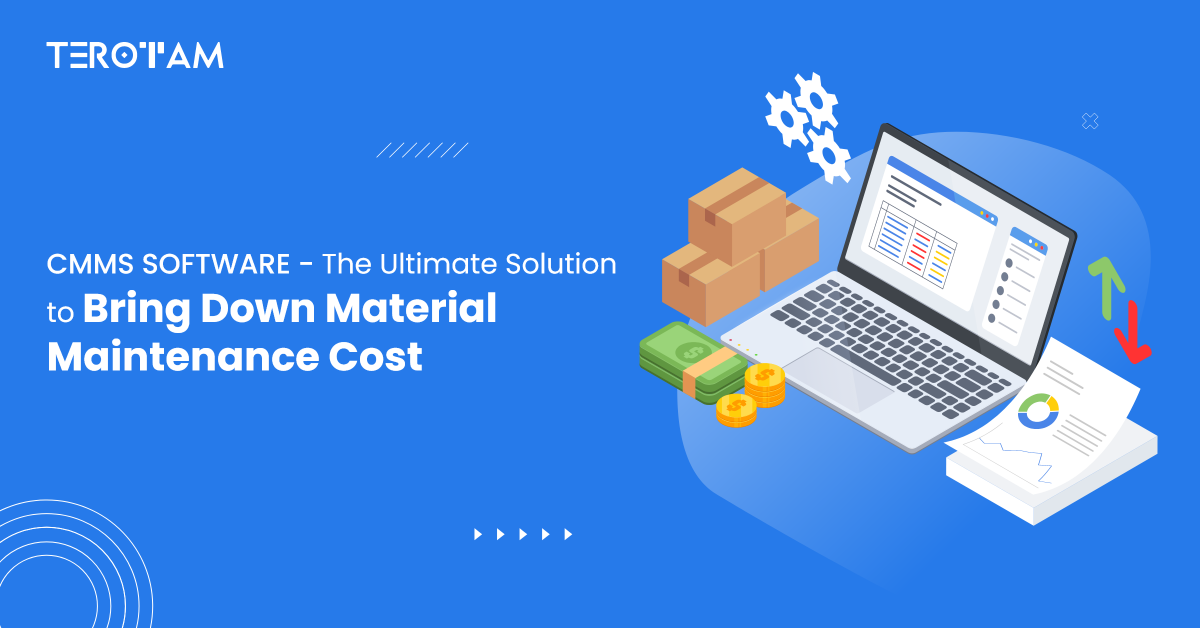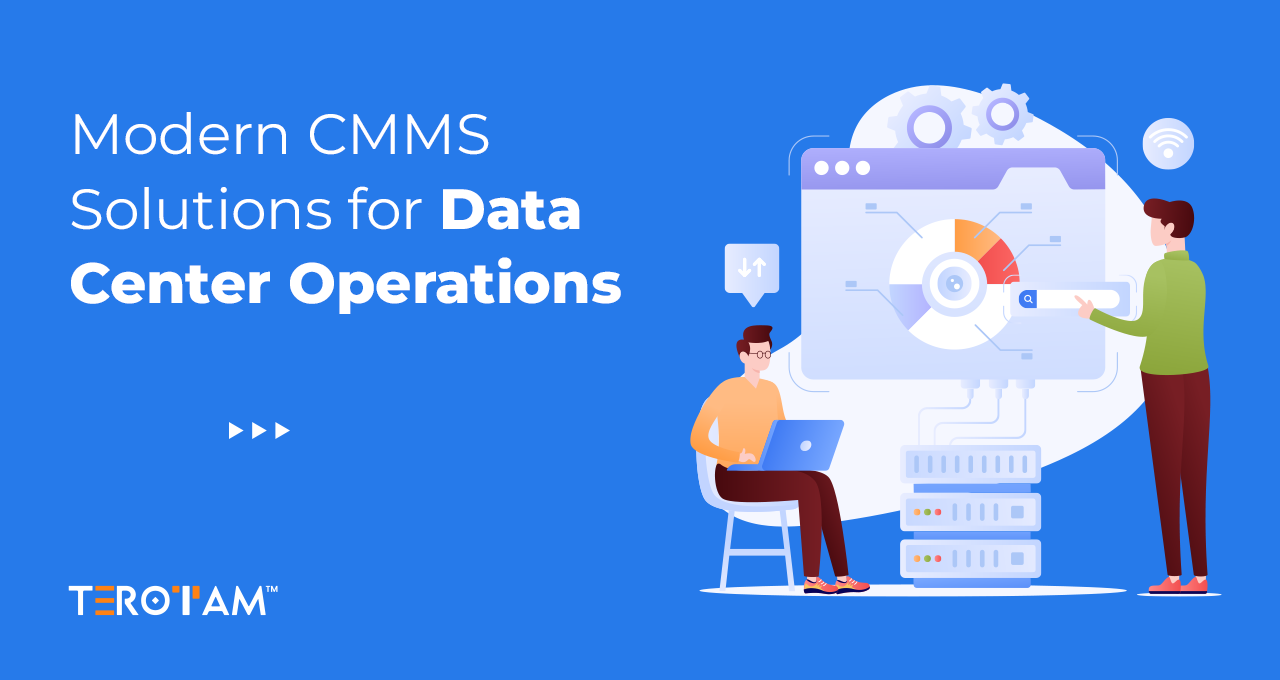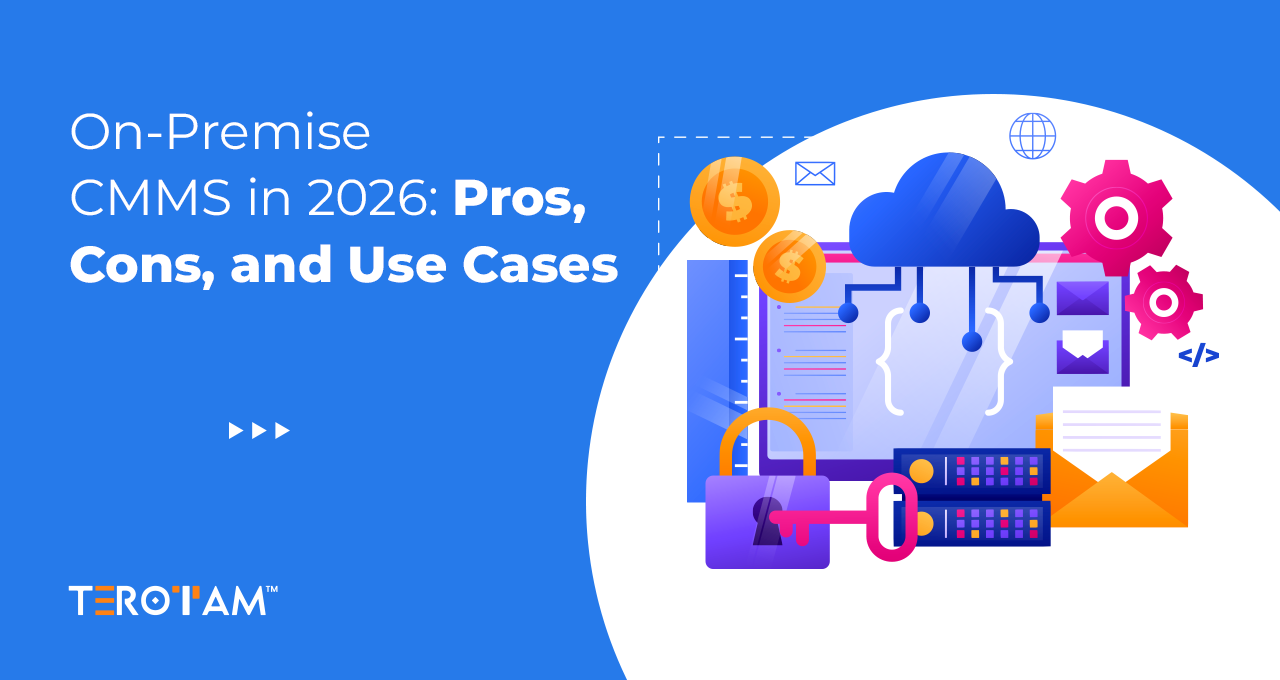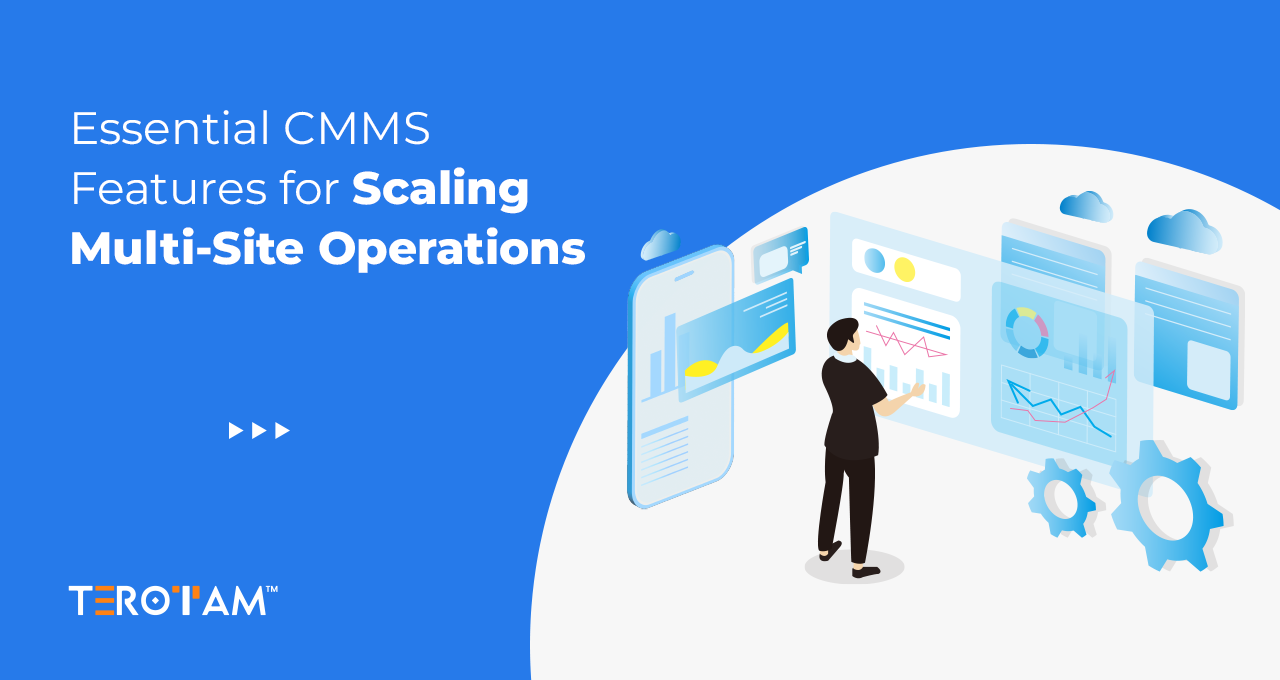A maintenance and engineering manager’s budget may be 25–40% made up of material and inventory expenditures. Managers might quickly lose sight of the flow of tools, spare parts, and equipment and their prices while focusing on other objectives like preventive maintenance and urgent repairs. Take into account a building with a $1 million maintenance budget, of which 40% is allocated to materials. The annual cost reduction from cutting the material expenses by 10% would amount to $40,000, or 4% of the budget.
A computerized maintenance management system (CMMS) is an essential tool for achieving efficiency goals. Managers seeking greater control over and savings from their materials and inventory can implement a number of strategies to use materials more efficiently and effectively within their departments and facilities.
How Do Materials Costs for Maintenance Become Excessive?
One of any facility’s largest expense centers may be maintenance supplies. Maintenance material expense is required and directly correlated to how frequently and how extensively the company’s equipment needs to be repaired, but that doesn’t mean it should be unconstrained. However, many companies pay little attention to maintenance materials, thus it’s possible that inventories are 20–30% larger than they should be. The cost of holding inventory goes up as a result of this excess, driving up overall material costs.
Additionally, a lack of structure brought on by surplus inventory makes it challenging for retailers to meet the needs of the maintenance department. MRO personnel frequently keep “pirate” or “illegal” storage depots for just-in-case spares as result, which further raises the price of maintenance supplies. Increased maintenance material costs are a result of the sheer volume of parts, ineffective stores and purchasing practices, and poor inventory management.
Quick Tips to Reduce Material Maintenance Cost
- Utilize a Cutting-edge CMMS solution to keep track of maintenance expenditures and identify the assets and behaviors that result in the highest costs.
- To effectively predict inventory demands and lower the cost of spare parts inventory, use an Inventory Management solution.
- To Decrease the risk of equipment damage due to improper use, streamline the onboarding procedure for machine operators.
- Utilize Preventive Maintenance techniques and lean maintenance techniques to minimize waste and unproductive behavior.
- Make the most of your maintenance plan by using an Asset Tracking System to keep an eye on the condition of your assets.
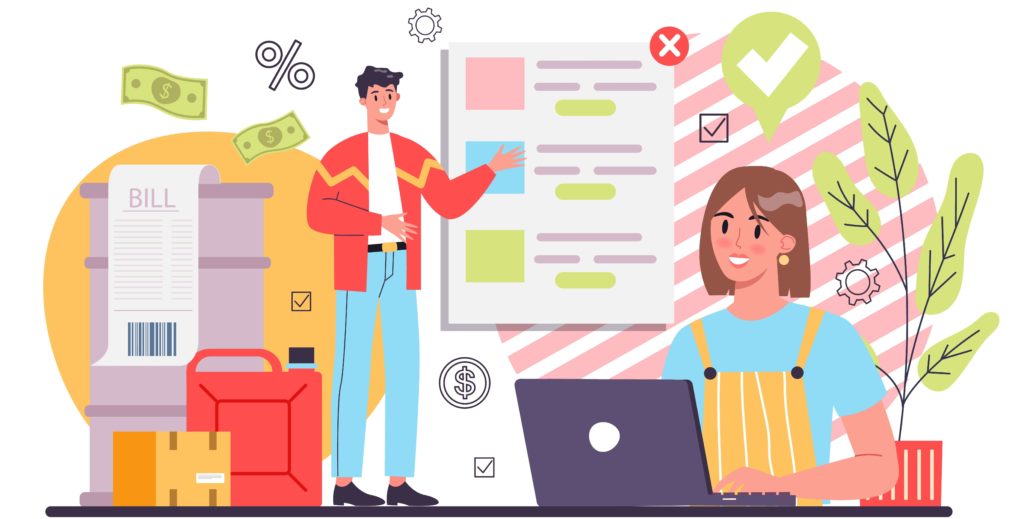
10 Steps to Control Material Maintenance Cost with CMMS Software
1. Analyze Training Methods
Make sure your maintenance staff is properly trained and that work practices are created to be as safe as possible. Employees should receive training on both new and upgraded equipment.
Avoid cutting corners when it comes to operational training and safety protocols since a machine operator or technician injury can cost you money in multiple ways. Therefore, if you want to keep the cost of maintenance supplies under control, safety must come first.
2. Record All Expenses
Keeping track of maintenance costs is essential. Knowing your spending is the best way to control them. Additionally, maintaining accurate maintenance records through maintenance tracking will help you make smarter selections. For whatever piece of equipment you own, you can quickly determine how much you’ve spent on labor, supplies, and materials—as well as where you’re spending the most money.
We advise adopting TeroTAM’s computerized maintenance management system (CMMS) for this. In addition to keeping track of expenses, our CMMS allows you to schedule preventive maintenance and manage any spare parts inventory.
3. Keep an Eye on Material Usage with Asset Tracking System
The TeroTAM CMMS’s Asset Tracking System can save all of your asset data in one location and assist you in keeping track of all of your significant assets, simplifying the upkeep of your parts and inventories.
4. Stay Aware of Material Status with Inventory Management
Your maintenance staff will always be aware of exactly what stock they have and how much of it they have thanks to the Parts and Inventory Management System of the CMMS, which can store all of your spare parts information in one convenient area and keep track of your whole inventory.
5. Data-driven Controlled Purchase
The information can be used to calculate your overhead expenses and the rates at which you should sell your products. Additionally, you can delay making a new purchase to save money by using this information to maintain assets properly.
6. Focus on Scheduled Maintenance
Preventive maintenance can assist to keep breakdowns and repairs to a minimum even though not all of them can be predicted. As a result, it’s crucial to make a routine maintenance schedule that covers all required tools and accessories. This acts as a buffer, cutting down on the time and expense of handling repairs, especially in an emergency. It is advisable to let the experts handle any necessary repairs and maintenance.
7. Practice Preventive Maintenance
The most important part of maintenance is inspection. To do this, you must be aware of what you’re looking for and confirm that your equipment satisfies the manufacturer’s specifications. The owner’s manual in your vehicle can be used to create a preventative maintenance management schedule and explain the precise specifications for various mechanical parts.
Base your Preventive Maintenance schedule on operational hours rather than the calendar. Because how much time you spend using a device changes, maintaining it every few months is problematic. If you service an item every thirty days, for instance, you can be under or over-servicing it in terms of actual hours.
8. Streamline Your Maintenance Procedure
By streamlining your maintenance processes, you can also reduce the cost of maintenance materials. Examine your maintenance and operational procedures for overlaps or pointless steps that could be replaced with more effective systems or machinery.
Due to additions made over time, the rules for a particular process might frequently become too complex. If there are too many procedures or requirements, people may not adhere to them altogether. Therefore, be sure to only include those that are absolutely necessary.
9. Improve Your Equipment for Maximum Output
Find out how to maximize the use of your tools and machines. The fact that they are used for the intended purpose is a crucial one. Be careful not to use them past their recommended lifespan or operational constraints since this can impact their ability to perform efficiently, resulting in frequent failures and expensive repairs.
10. Apply The Correct Technology To Material Maintenance Management
This is an obvious choice. The correct equipment can make your maintenance tasks more effective and efficient. With CMMS, everything is tracked, managed, and controlled in one location.
The TeroTAM CMMS may interface with your current systems to meet a range of requirements and goals. By implementing this technology, you may increase the effectiveness of your database and processes and better manage the cost of your maintenance supplies.
CMMS Software for Material Management – Spend Money to Save Money
The best long-term decision you can make is frequently to invest money in maintenance. Purchasing a new machine makes more sense than maintaining an outdated asset that is getting close to the end of its useful life. Investing in original components and materials can increase asset longevity and decrease the need for emergency repairs. Numerous alternatives exist for you to save money by purchasing a CMMS. When working with expensive equipment, investing a little money in educating maintenance personnel and operators can be very cost-effective.
While wrapping it up, we hope you are now aware of how to manage your maintenance costs. Start a conversation in the comments section below if you think we overlooked anything crucial or connect with us at contact@terotam.com to discuss more.


